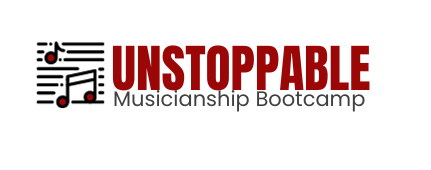Part 1 : Solfege Teaching Guide
Preparatory Work
Start by assembling the proper classroom setup and supplies:
Dannhäuser solfege book 1 and piano accompaniment book
Dictation books / pencils / lapboards
Folding chairs
White board / black chalkboard with lines
Markers / chalk
Music stands around the piano
Music flash cards to test pitches, note durations, sharps and flats, etc.)
Dannhäuser Solfège des Solfèges
Book one contains 171 short exercises that students can sightread. Advanced students would progress to a blue book titled Solfege d’Artiste but this is no longer in print.
The Dannhäuser solfege exercises are fun to sightread and sing. They are not childish, boring, or non-musical.
Accompaniment Book
The piano accompaniment book contains both the vocal melody as well as piano accompaniment.
Dictation Book
Each student will have a blank music notebook for doing dictation. Dictation is done once a month during the last solfege class of each month.
Whiteboard / Chalkboard
This is a whiteboard with music staff on it, and magnetic buttons to use as notes. Another useful tool is a black chalkboard with white lines painted on it.
Seating
Having folding chairs in a range of heights is an efficient way to run a classroom, with shorter chairs in front and higher chairs in back. Students find a seat that is the appropriate height for them, so that when they are conducting solfege or doing dictation, their solfege or dictation book sits horizontally and stable on their laps when their feet are flat on the ground.
Place folding chairs on the right far enough away from walls or cabinets so that students don’t hit the wall or cabinet when conducting time. Place chairs far enough apart for students to conduct time without hitting each other.
There are benches and chairs in the back of the class for parents who want to stay during class. For very young students, the advantage is that parents served as surrogates outside of the school so that their children won’t practice something incorrectly for an entire week.
Two Pianos
Having two pianos in one room for ear training is important. The instructor plays something on the first piano and the student has to replicate what is played on the second piano.
This allows everyone - students, teachers, and parents - to immediately assess who is becoming good at ear training, and who is hunting and pecking trying to find the right key. This system works whether or not listeners have perfect pitch.
Supplies
Place 3 - 5 music stands around the piano for each group of students to sing while conducting time. Ensure younger students use music stands closest to the accompanist so that the accompanist can monitor if they are beating time correctly, and emphasize the first beat if necessary.
Use markers for the white board, chalk for blackboard, pencils for dictation, and lapboards where students can place their dictation books on their laps and write (since we use stools instead of desks).
Have extra solfege books in case someone forgets or loses theirs; students can also share with other students. Since dictation is only once a month, students leave their dictation books at the school so they don’t get lost.
This is a picture of the award cabinet. Solfege students get 1, 2, or 3 points depending on how well they do. Students who reached a certain number of points can get a prize.










